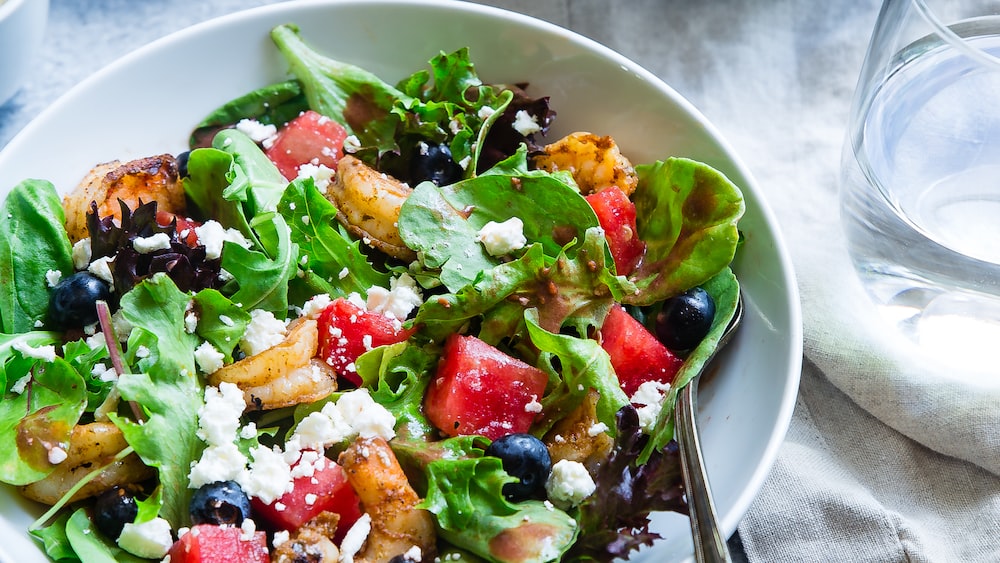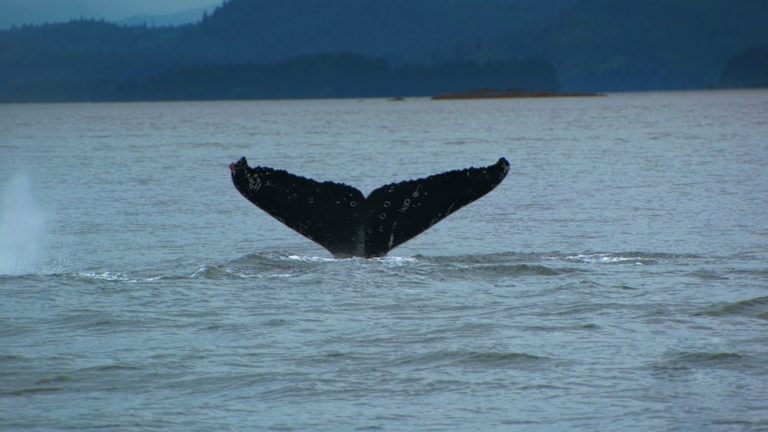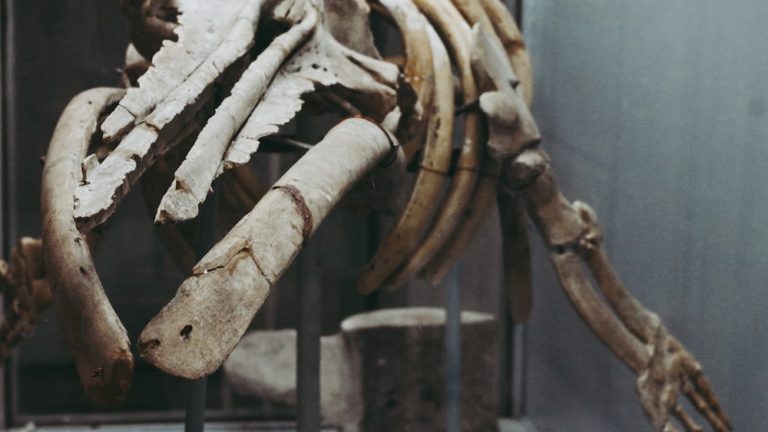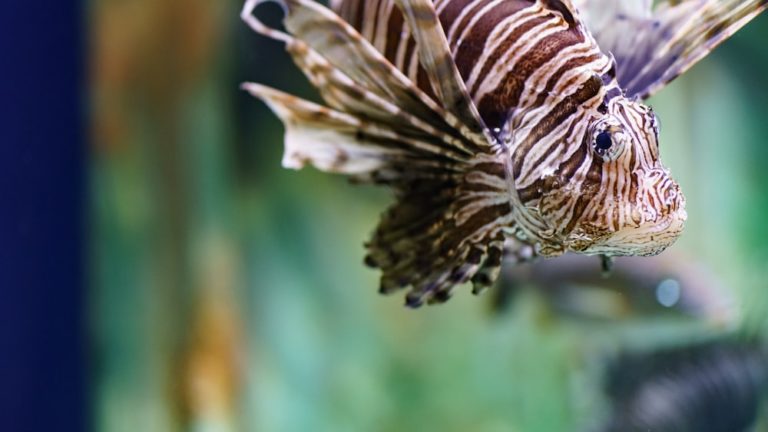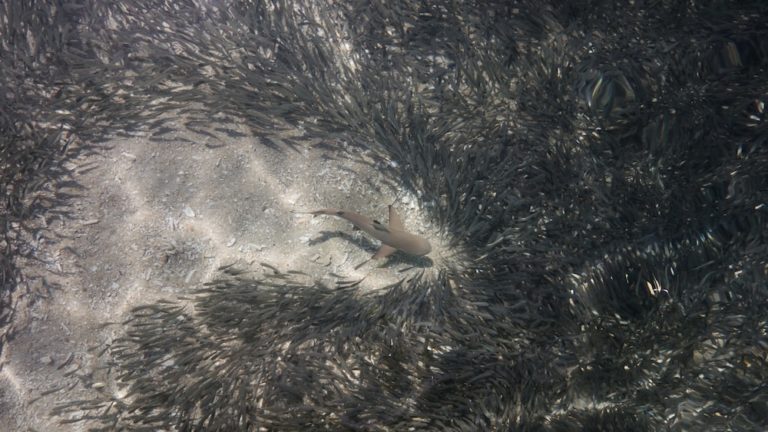Discover What Sea Turtles Eat: Do Sea Turtles Eat Plankton?
Discover What Sea Turtles Eat: Do Sea Turtles Eat Plankton?
Dive into the watery realm of sea turtles, those ancient mariners bedecked with shells and secrets. Marine life enthusiasts and eco-adventurers, you’re in for a treat as we embark on a culinary journey to explore the question, do sea turtles eat plankton? This enigmatic query tickles the curiosity of many, as these gentle reptiles glide through their salty home with a dietary carte du jour that is as diverse as the ocean itself.
Key Points:
- Sea turtles have diverse diets, ranging from herbivorous to carnivorous.
- Plankton is a significant part of some sea turtles’ diets, while others have more specialized tastes.
- Different sea turtle species have tailored their diets to their habitats, contributing to the balance of marine life.
- Sea turtles’ diets transition through distinct phases from hatchling to adult, impacting their growth and reproductive success.
- Human impacts, such as plastic ingestion, pose a threat to sea turtle diets, requiring conservation efforts to protect their feeding grounds.
- Efforts to reduce the risk of sea turtles ingesting plastic involve minimizing plastic waste, increasing recycling, and engaging in coastal cleanups.
- Understanding and preserving the natural food sources of sea turtles is crucial for their survival and the health of our oceans.
Join me, Jasper, as we navigate through the dietary habits of sea turtles with the precision of a hawk’s bill cutting through seagrass. For conservationists and the eco-curious alike, understanding what these creatures feast upon is not just interesting – it’s critical for their protection. From omnivores with eclectic tastes to dedicated jellyfish gourmets, sea turtles’ diets reflect their adaptation to the vast blue yonder.
So, fasten your snorkels and prepare to submerge into this underwater saga. Will we uncover that all-important mystery: do sea turtles eat plankton? Whether you’re a landlocked sea turtle aficionado or a seasoned diver, this revelation promises to be a whale of a tale, melding the practical with the wondrous.
The Dietary Habits of Sea Turtles
The sea turtle, that charismatic enigma, has a culinary repertoire as varied as the oceans they inhabit. Their diets range from the strictly herbivorous banquets to the protein-packed carnivorous feasts, revealing their role as opportunistic feeders within the intricate marine food web.
Overview of Sea Turtle Diets
Sea turtles, much like the ocean’s currents, do not follow a one-size-fits-all approach when it comes to their diets. Some are omnivores, relishing both the flora and fauna of their briny buffet. Others have more specialized tastes, that draw them to specific types of marine delicacies. Each species has its gastronomic preferences, shaped by eons of adaptation and the environment they call home.
For these chelonian creatures, what they consume is significant not only for their survival but also for the aquatic ecosystems they grace. Their choices can influence the health of coral reefs, seagrass beds, and can even aid in controlling jellyfish populations. The dietary decisions of sea turtles are a reflection of their ecological roles beneath the waves.
Sea turtles play a significant role in marine ecosystems through their dietary choices, impacting the health of coral reefs, seagrass beds, and jellyfish populations.
The Role of Plankton in Sea Turtle Nutrition
When pondering do sea turtles eat plankton, it’s fascinating to note that these microscopic organisms are the grass of the sea’s pasture, foundational to the marine food chain. Yet, not all sea turtles partake in this planktonic feast. For some species, plankton plays a mere cameo in the banquet of their lives, while for others, it is the star of the show.
Plankton encompasses a wide range of tiny creatures, both plant-like phytoplankton and small animal zooplankton. Sea turtles that are omnivores or leaning towards carnivorous diets may ingest plankton inadvertently while searching for other tidbits. However, for leatherback sea turtles, jellyfish, a planktonic relative, are the prime delicacy, hinting at an indirect reliance on these floating buffets of the sea.
The Different Diets of Sea Turtle Species
The world of sea turtles showcases a spectacular array of dining preferences. Each species has tailored its palate to the offerings of its habitat, showcasing their role as diverse characters in oceanic narratives. Their diets are pieces of ecological artistry that contribute to the balance of marine life.

Green Sea Turtle Diet Variations
The green sea turtle, with its herbivorous heart, is the mariner’s version of a strict vegetarian. Young green sea turtles, however, start life as omnivores, much like the wandering taste buds of a curious child. They munch on a smorgasbord that includes:
- Algae
- Crustaceans
- Plankton
As adults, their preference shifts to the greenery of the sea, dining predominantly on:
- Seagrasses
- Algae
This dietary shift impacts not only their own growth but also the health and vitality of the seagrass beds and algal communities, as they trim and maintain these underwater meadows, akin to gardeners of the deep.
In a less known culinary quirk, some populations of green sea turtles have been observed indulging in omnivorous habits even into adulthood. These particular turtles complement their leafy greens with the occasional invertebrate or plankton, showcasing that dietary diversity is as boundless as the sea itself.
The green sea turtle, an emblem of marine conservation efforts, faces challenges in their feeding grounds due to human actions. Their vegetarian tendencies make them particularly susceptible to consuming plastic, an unwelcome addition to their salad bar.
Leatherback Sea Turtle Feeding Habits
The leatherback sea turtle, resembling a marine goliath with its massive size and leathery carapace, swims the ocean with a very particular craving – gelatinous zooplankton, primarily in the form of jellyfish. This turtle’s diet may inadvertently include plankton, as the microscopic organisms are often entangled in their preferred prey.
Yet, this specialized diet serves a grander purpose, regulating jellyfish populations which, left unchecked, could wreak havoc on marine ecosystems. When pondering do sea turtles eat plankton, it’s notable that leatherbacks, through their jellyfish consumption, highlight the complexity and interdependence of oceanic life.
Hawksbill Sea Turtle Preferred Prey
The hawksbill sea turtle, with its strikingly sharp beak, is an underwater artisan, carving through coral reefs in search of its favorite fare. These turtles favor a menu rich in sponges, which within the ocean’s hierarchy makes them a bit of a gourmand. Hawksbills help maintain the diversity of reef communities by controlling sponge populations, thus allowing for corals to thrive.
In their juvenile stages, hawksbill sea turtles may display more omnivorous tendencies, sampling different elements of the marine buffet including plankton. This opportunistic start slowly matures into a more discerning palate, manifesting their ecological niche as specialists within their coral kingdom.
Hawksbill sea turtles play a crucial role in maintaining the diversity of reef communities by controlling sponge populations, allowing corals to thrive.
Loggerhead and Olive Ridley Dietary Preferences
Loggerhead and Olive Ridley sea turtles offer a narrative of dietary flexibility and opportunism akin to their sea turtle kin. The loggerhead, with its robust jaws, is the ocean’s version of a crustacean connoisseur, prizing hard-shelled prey such as:
- Crabs
- Conchs
- Whelks
On the other hand, Olive Ridleys, the most abundant yet often overlooked sea turtles, showcase more omnivorous forays. Their diets include a variety of offerings such as:
- Plankton
- Jellyfish
- Algae
- Small invertebrates
Both species exhibit versatility in their dietary habits, reflecting both the bounty and the limitations of their marine surroundings.
The Anatomy of Sea Turtle Feeding
The act of feeding for sea turtles is an impressive showcase of evolutionary engineering. Their anatomy is a reflection of their dietary requirements, with each species boasting adaptations that enable them to tackle their meals with finesse or force, whichever the menu demands.
Mouths and Jaws: Adaptations for Feeding
Mouths and jaws in sea turtles have evolved in a way that would make any epicurean nod in a sign of silent approval. It’s as if each species has been presented with its very own set of dining utensils, precision-forged by time and tide. Consider the hawksbill’s pointed beak, perfect for snipping sponges from crevices in the coral, or the loggerhead’s powerful jaws capable of crushing shellfish.
These chelonian diners do not have teeth; instead, they possess modified beaks and throat structures that allow them to grasp, tear, or pulverize their chosen delicacies. It is a masterclass in anatomical specialization where the food type dictates the form and function of their feeding apparatus.
Sea turtles have evolved specialized mouth and jaw structures that allow them to grasp, tear, or pulverize their chosen delicacies.
How Sea Turtles Hunt and Consume Food
The ways in which sea turtles forage and feed are as varied as their diets. Some employ the “ambush and gulp” strategy, lying in weight for unsuspecting prey to pass by. Others, like the green sea turtle, adopt more of a grazing technique, peacefully nibbling seagrasses as they roam.
Their hunting tactics are a dance of persistence, patience, and sometimes pure luck:
- Detecting prey through keen senses
- Closing in with a blend of stealth and speed
- Engaging mouthparts designed specifically for their prey
The awe-inspiring sight of a leatherback guzzling down jellyfish or a hawksbill meticulously extracting a sponge from its stronghold speaks to a certain culinary choreography that plays out beneath the waves – a graceful waltz that sustains not only the sea turtles but the ecosystems they inhabit.
The Impact of Diet on Sea Turtle Life Cycle
The menu a sea turtle dines on might just be the most influential factor in its journey from hatchling to venerable ocean voyager. Like the chapters of a novel, sea turtles’ diets transition through distinct phases, which in turn dictate their growth rate, reproductive success, and survival.
From Hatchling to Adult: Changes in Diet
Newly emerged hatchlings initially feast on a buffet of floating seaweed and copious amounts of small ocean critters, including plankton. As they grow, their menus get a makeover.
For instance, green sea turtles start life as omnivores but then lean towards a more vegetarian diet, munching seagrass and algae, whereas loggerheads typically home in on a carnivorous diet abundant with bottom-dwelling creatures.
The Importance of Diet for Reproduction and Longevity
For sea turtles, the phrase ‘you are what you eat‘ takes on a literal meaning. A balanced diet rich in the right nutrients is crucial for maintaining their reproductive capacities.
For females, ample nourishment is necessary to develop healthy eggs, and for males, to ensure viable sperm. In the grand ballet of sea turtle species, every morsel impacts their lengthy lifespans and saga of survival.
A balanced diet rich in the right nutrients is crucial for sea turtles to maintain their reproductive capacities and ensure their lengthy lifespans and survival.
Human Impacts on Sea Turtle Diets
As guardians of these ancient mariners, humans play a pivotal role in the health of sea turtle diets. Our actions on land and sea have a ripple effect, often leading turtles to accidental consumption of harmful substances, like plastic, instead of their natural food sources.
The Threat of Plastic Ingestion
- In today’s oceans, seeing a sea turtle mistaking a floating plastic bag for a jellyfish is not an odd spectacle. This confusion can lead to ingestion, causing internal blockages or the false sensation of fullness, resulting in nutritional deficiencies.
- Analysis of marine debris has revealed that plastic ingestion is a silent killer for sea turtles, often leading to mortality. Alarmingly, autopsy results from stranded sea turtles frequently find plastic in the gut.
- Efforts to tackle this issue involve global awareness campaigns and imposing bans on single-use plastics while promoting eco-friendly alternatives to ensure that turtles have access to safe feeding realms.
Conservation Efforts to Protect Sea Turtle Feeding Grounds
- Protecting sea turtle feeding grounds is akin to safeguarding their dining rooms. Conservation groups collaborate to establish marine protected areas where sea turtle species can feed without the danger of accidental catch or habitat destruction.
- These initiatives often involve local communities and governments, focusing on sustainable fishing practices and the restoration of coral reefs and seagrass beds – critical feeding habitats for many turtles.
- Additionally, citizen science programs empower individuals to participate in beach cleanups and monitor sea turtle health, contributing to a larger database that informs future conservation strategies.
FAQs
1. Do all species of sea turtles eat plankton?
Not all species of sea turtles eat plankton; some, particularly the leatherback, consume vast amounts while others, as they grow, shift their diets towards seagrass or jellyfish.
2. How does plankton consumption affect sea turtle health?
Plankton consumption, especially in younger sea turtles or planktivorous species like leatherbacks, provides essential nutrients that facilitate growth and development during the early stages of their life cycle.
3. What can be done to reduce the risk of sea turtles ingesting plastic?
Reducing the risk of sea turtles ingesting plastic begins with minimizing plastic waste at its source, increasing recycling efforts, and engaging in regular coastal cleanups to remove debris from potential sea turtle habitat.
4. How does the diet of a sea turtle change as it matures?
The diet of a sea turtle changes as it matures, often shifting from a plankton-based diet in youth to a more specialized diet as an adult; this varies among sea turtle species, reflecting their habitats and anatomical adaptations.
Conclusion
The gastronomic journey of sea turtles is a tale of adaptation and survival, intrinsically linked to the health of our oceans. These creatures, with their diverse dietary preferences, remind us that every bite counts in the circle of marine life. As individuals passionate about conservation, we should strive to understand and preserve the natural food sources of these marine locals.
It’s a blue planet, and ensuring that do sea turtles eat plankton is a question of wonder rather than concern is part of our stewardship. So, as our oceanic adventures continue, let’s vow to keep our seas clean and vibrant – where the answer to ‘do sea turtles eat plankton’ remains a joyous affirmation of nature’s balance.
Farewell, fellow ocean explorers and caretakers, until we dive into another chapter of the deep blue.
Jasper Flynn

